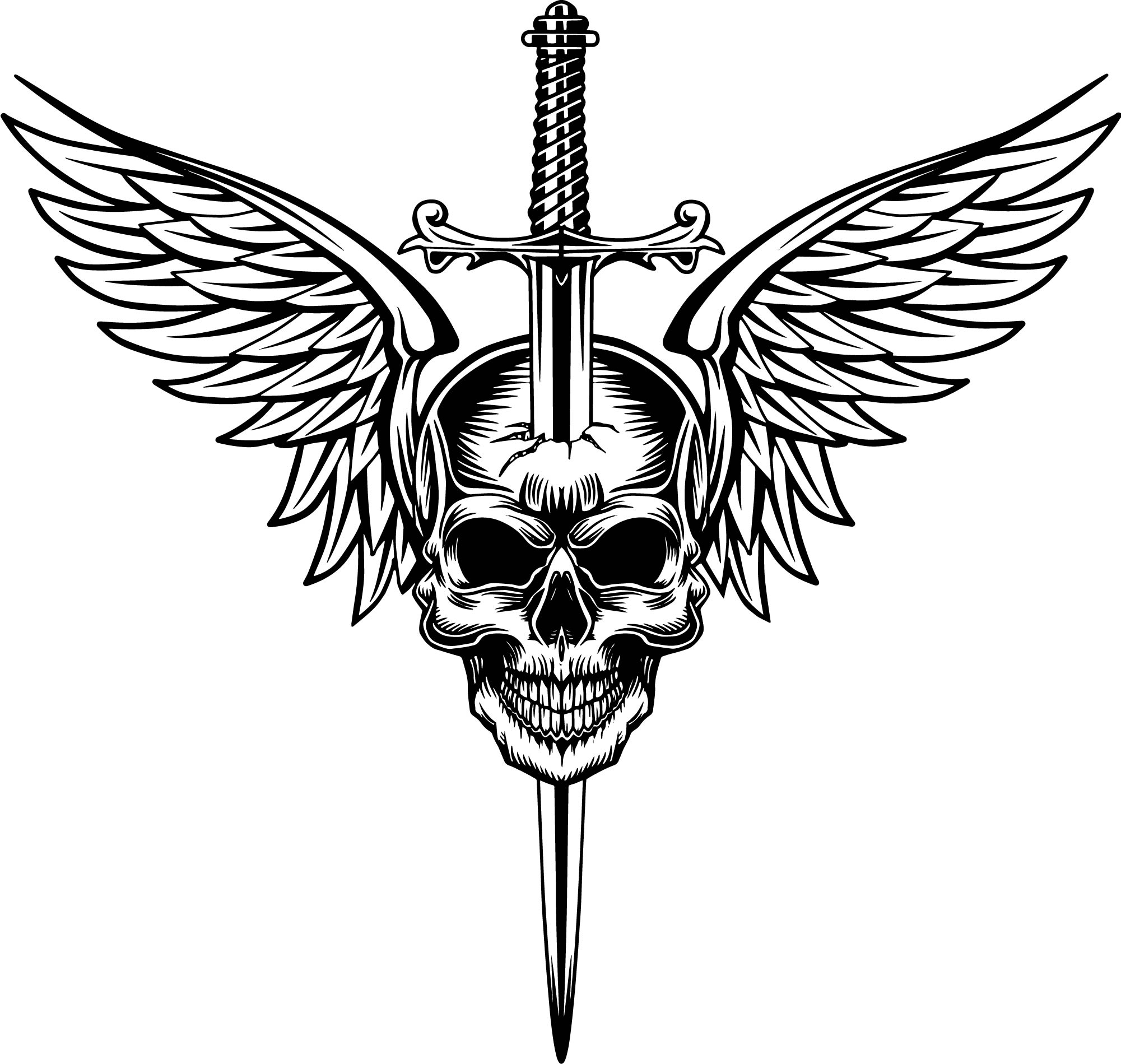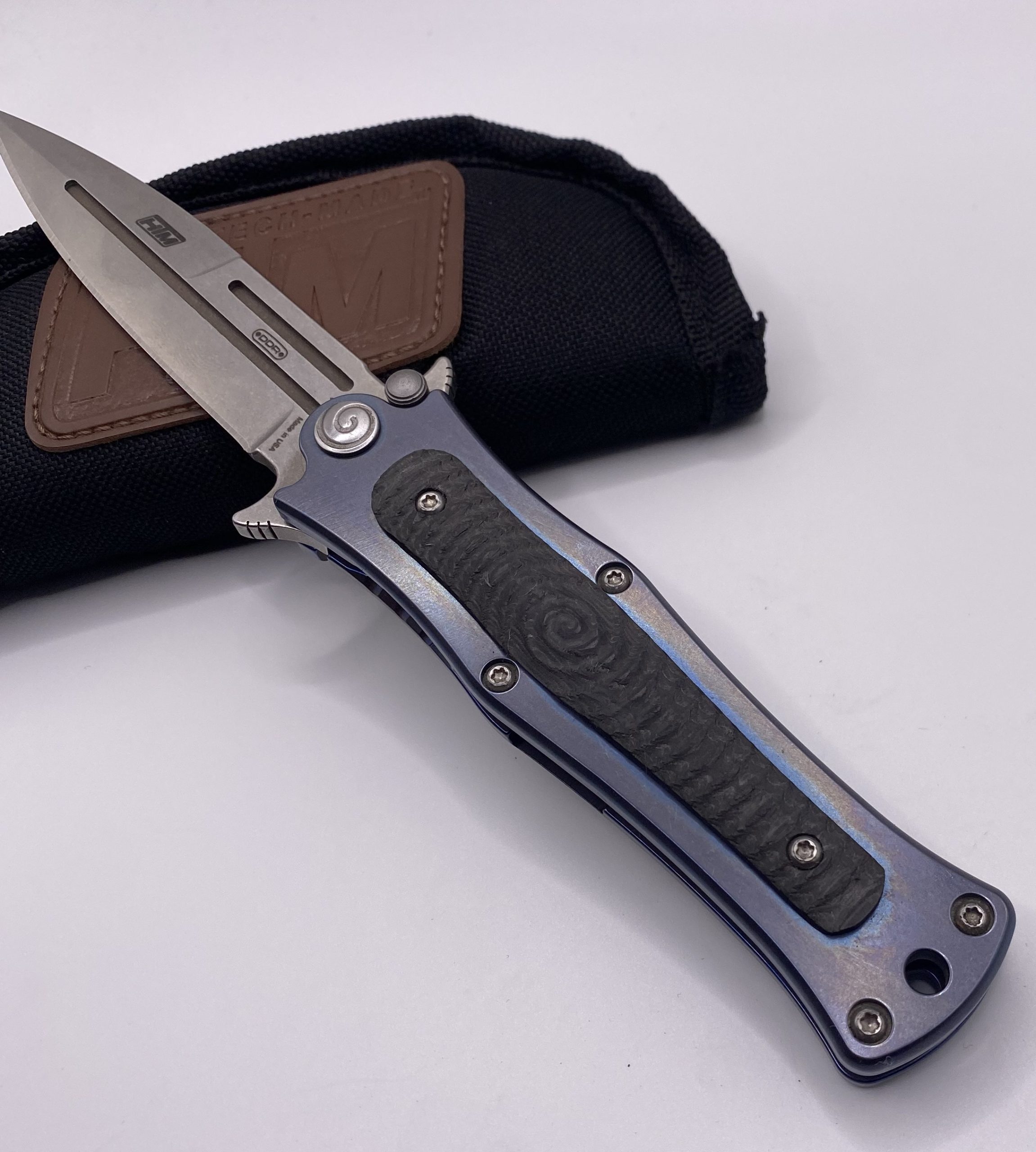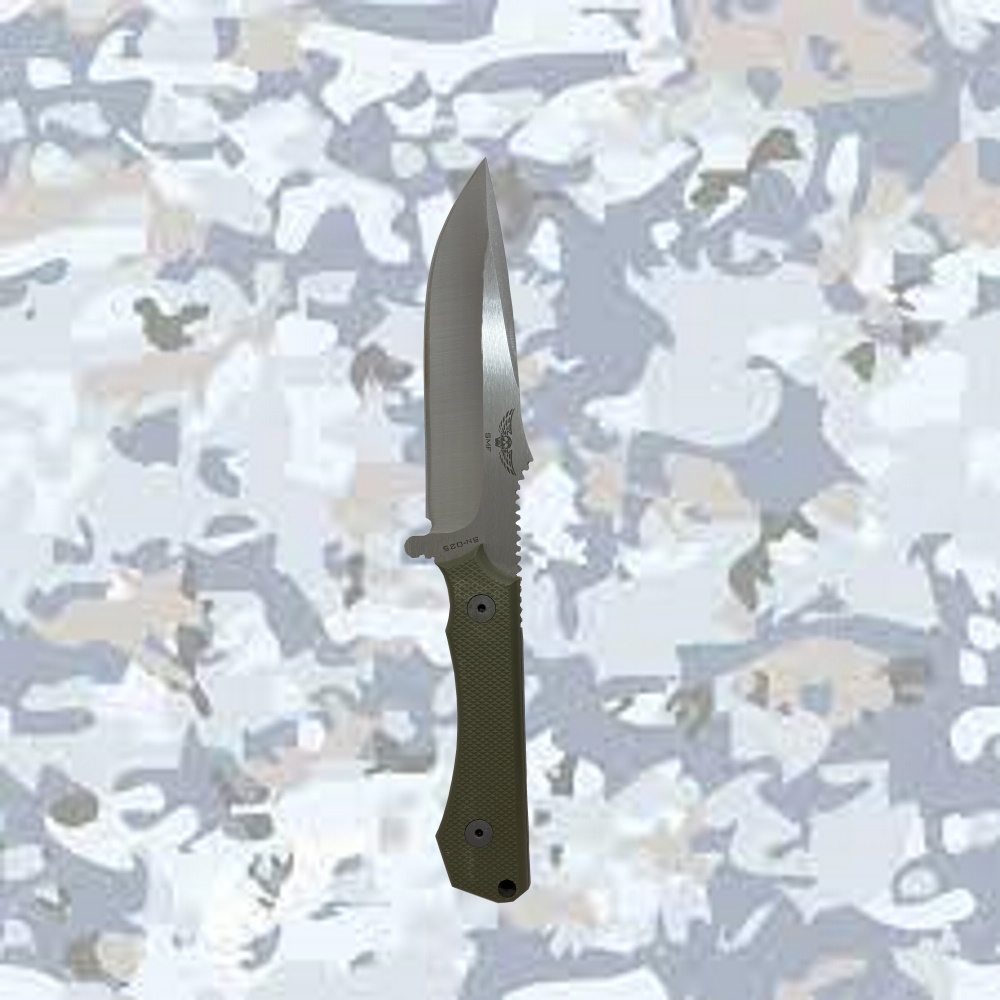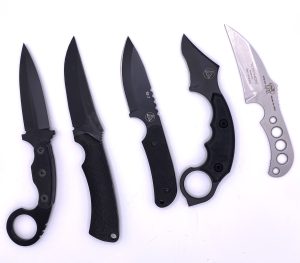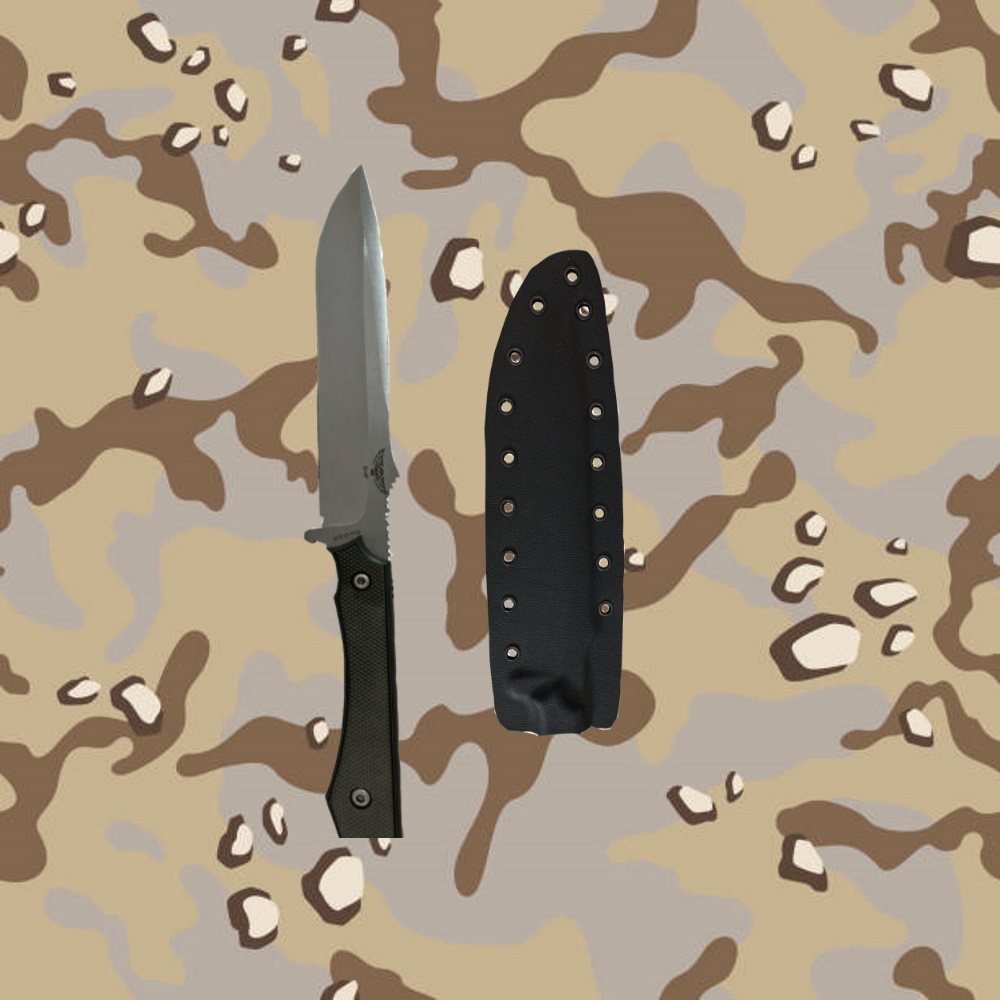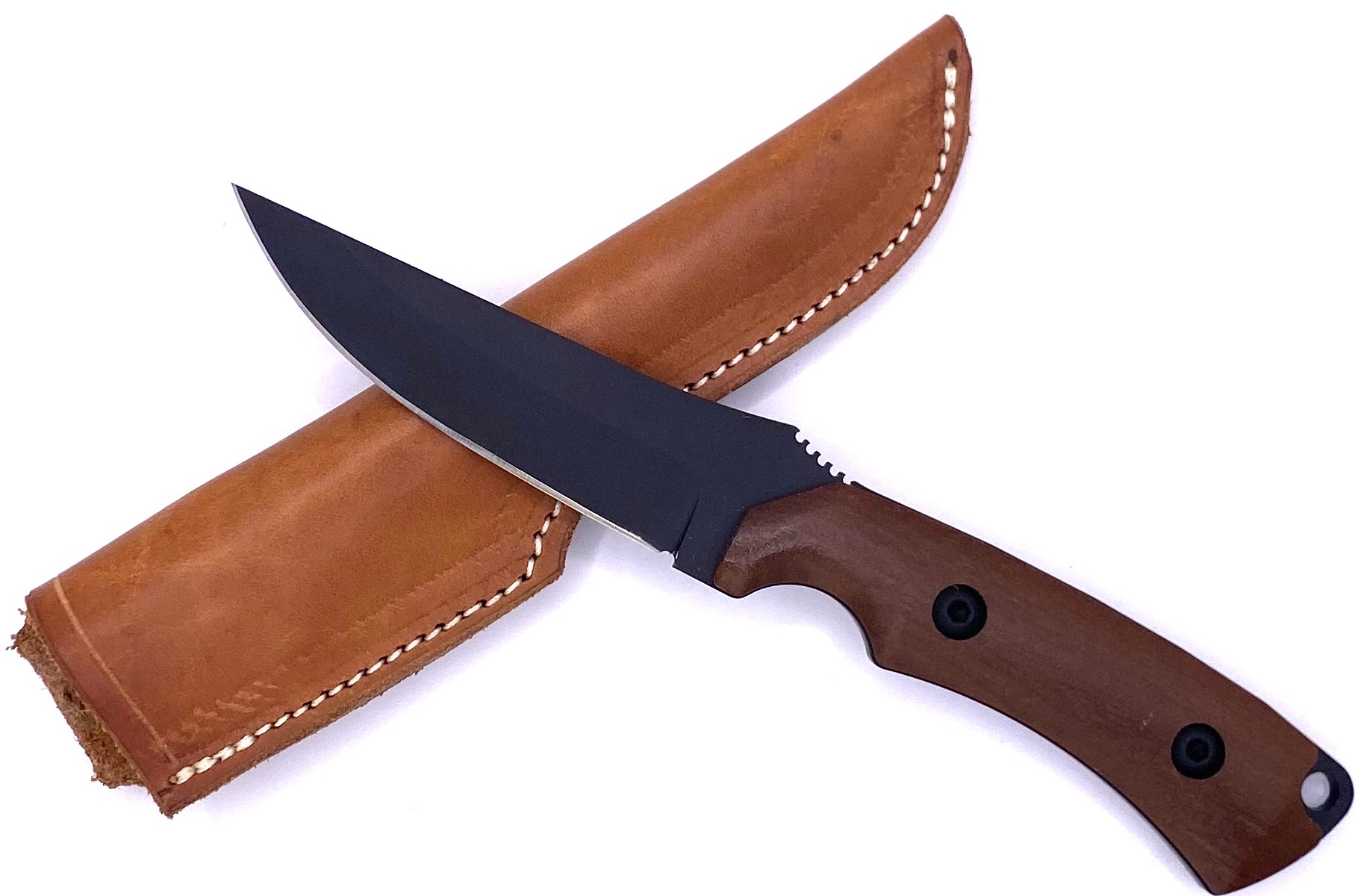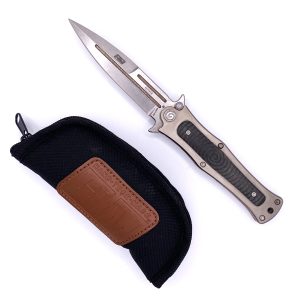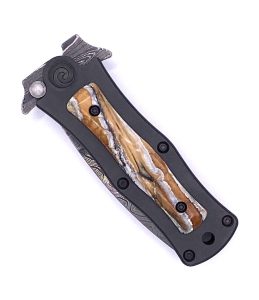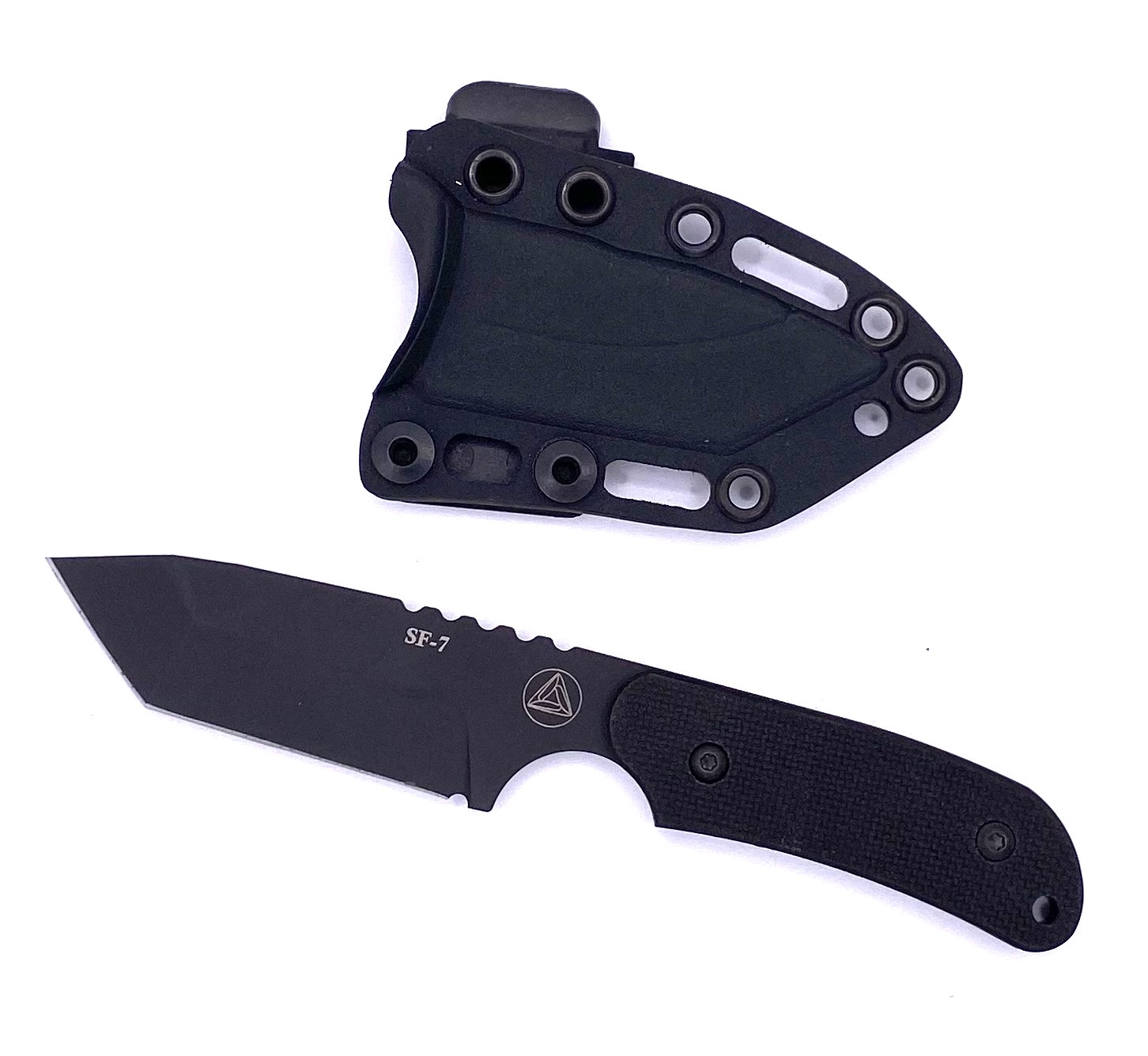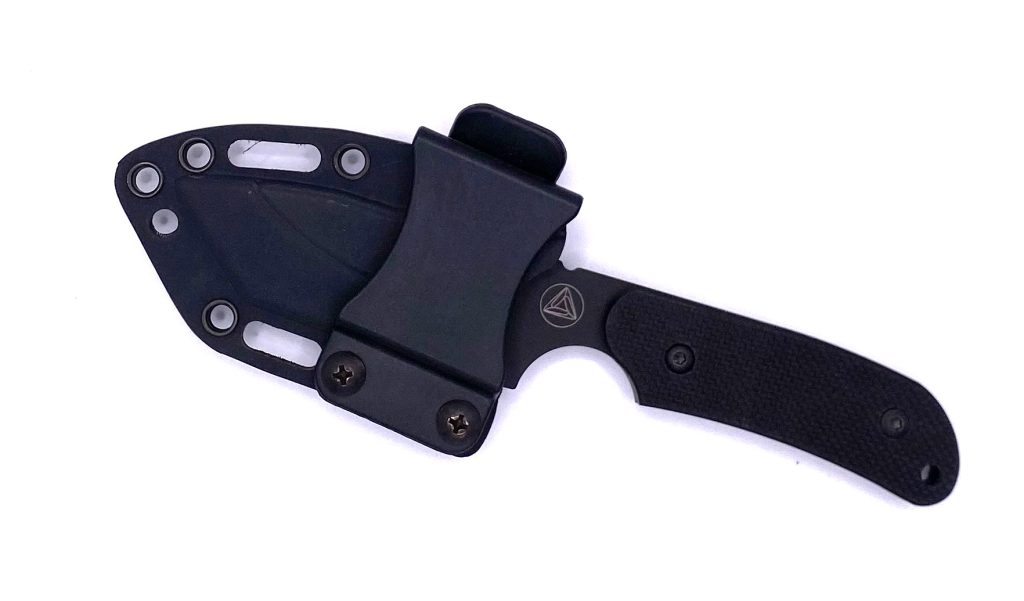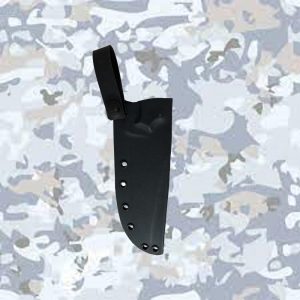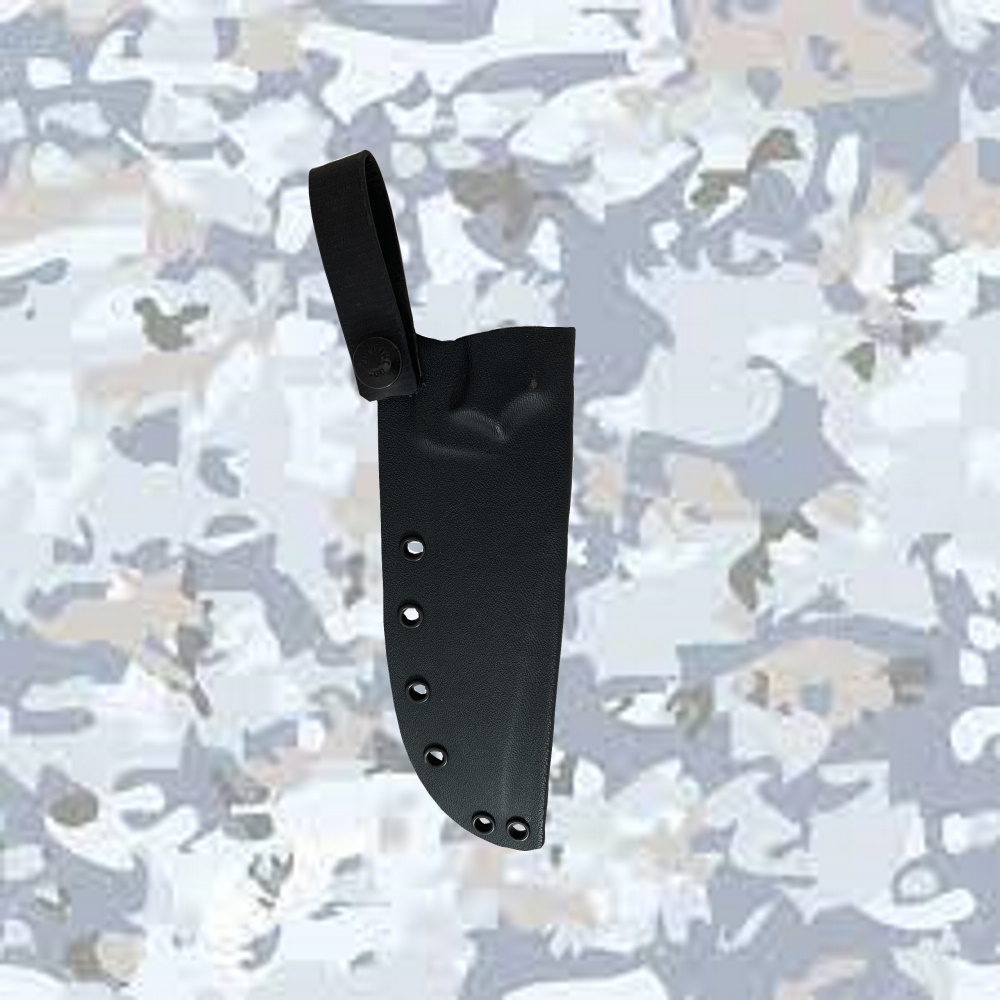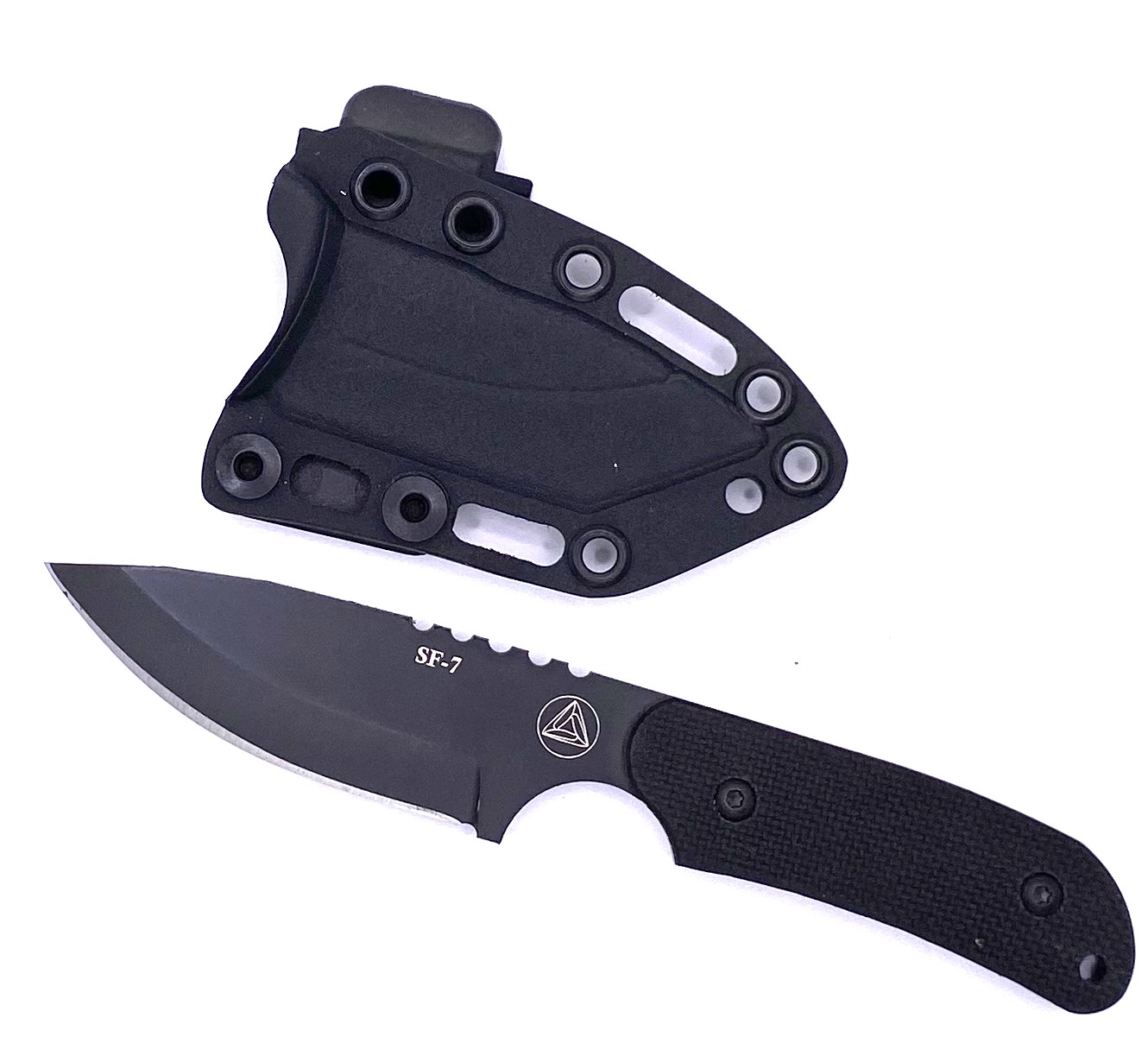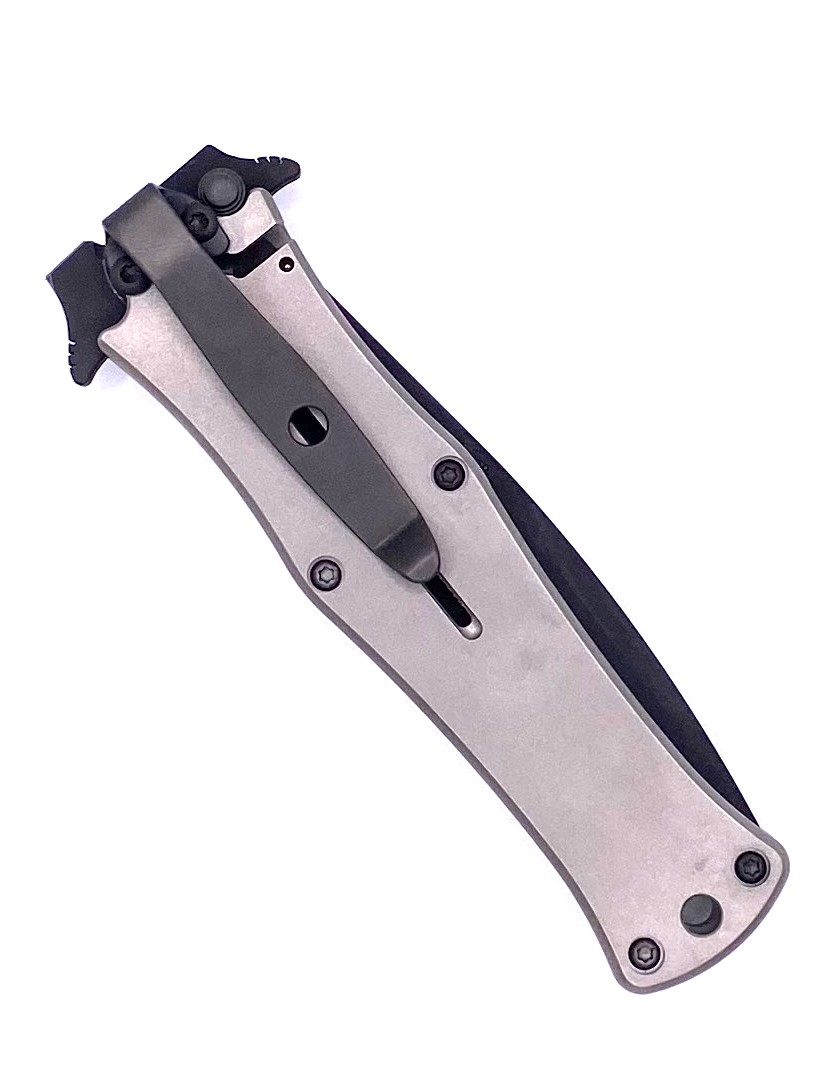
Pocket clips on knives serve several practical purposes, and while they may not be strictly necessary, they offer convenience and functionality. When choosing a knife with or without a pocket clip, consider how you plan to carry and use the knife.
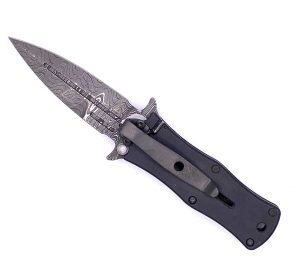
Pocket clips make it easy to carry a knife securely in your pocket. The clip allows the knife to be attached to the pocket’s edge, preventing it from sinking to the bottom of the pocket and making it readily accessible.
With a pocket clip, the knife can be positioned for quick and easy deployment. This is especially important for everyday carry (EDC) knives, where users may need to access the knife rapidly for various tasks.
A pocket clip ensures that the knife is positioned in a consistent and accessible manner. This predictability can be crucial in emergency situations where immediate access to the knife is required.
The clip helps secure the knife in your pocket, reducing the risk of accidental loss. It provides a measure of retention, preventing the knife from falling out during everyday activities.
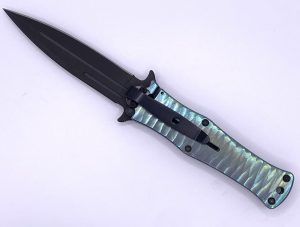
Some pocket clips are reversible or adjustable, allowing users to carry the knife in different positions (tip-up, tip-down, left-hand, or right-hand carry). This adaptability makes the knife more versatile for a variety of users.
A pocket clip allows for discreet and low-profile carry. When the knife is clipped to the pocket, only a small portion may be visible, reducing the visual imprint of the knife and minimizing any potential concerns from others.
For individuals who use their knives frequently for everyday tasks, having a pocket clip makes it more convenient to carry and access the knife without the need for a dedicated sheath.
While pocket clips offer many advantages, some users may prefer knives without them for aesthetic reasons or personal preference. Ultimately, the necessity of a pocket clip depends on the user’s specific needs and habits. Many knife manufacturers offer models with and without pocket clips to cater to a diverse range of preferences. When choosing a knife, consider how you plan to carry and use it, and whether a pocket clip aligns with your preferences for convenience and accessibility.
